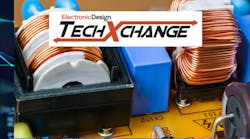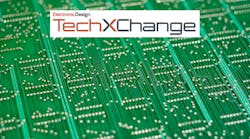Digital Controllers: Pushing the Limits of Power Control
In everything from onboard chargers (OBCs) and DC-DC converters in EVs to the AI power supplies in data centers to solar, wind, and other renewable-energy systems, fully digital power control is trending up. While analog control is widely used in power systems up to 1 kW, it lacks the high level of reliability and accurate control required by modern switch-mode power supplies (SMPS) that are handling more and more power.
As a result, digital power control is becoming more prevalent in both the power factor correction (PFC) and DC-DC converter stages of power converters to help optimize their efficiency, reliability, and robustness. Infineon Technologies, Microchip Technology, Renesas Electronics, and others are trying to tap into the demand for digital power with a new generation of real-time microcontrollers (MCUs) and digital controllers.
These chips bake in high-performance CPU cores with digital signal processing (DSP) and other hardware accelerators that are there to run more advanced power-control algorithms in real-time. These can include adaptive control, which adjusts the control of the power supply based on feedback signals, and predictive control, which can forecast the future operation of the system to avoid undesirable transients or instability.
>>Check out the Power Supply Design and Gallium Nitride (GaN) TechXchanges for similar articles and videos.
They’re also upgrading these digital controllers to handle the faster switching speeds of the latest silicon-carbide (SiC) and gallium-nitride (GaN) power FETs without causing delays, errors, or noise in the control loop. In turn, the chips have tightly integrated interfaces to current, voltage, and other sensors as well as high-precision analog-to-digital converters (ADCs). In addition, high-resolution timers offer tighter control of the pulse-width-modulation (PWM) signals that determine the duty cycle, dead time, phase shift, and switching rate of the power FETs in the system.
One of the pros of digital control is its flexibility. It gives you the ability to adjust the switching frequency and other control parameters by changing the software in the power supply. Digital control also enables more functions and features in the power supply, including fault detection and protection against short circuits or other transients. A rich ecosystem of software development tools is developing around digital power.
In this product roundup, we will run through several of the latest digital power controllers to hit the market:
- Real-Time MCUs Keep Pace with SiC and GaN Power FETs
- Digital Signal Controller Raises the Bar for Real-Time Control
- 16-Bit MCU Combines the Power of Analog and Digital Control
- Cortex-M85 MCU Enhanced for Execution of Real-Time Control
- Mixed-Signal MCUs Fit the Future of Data Center Power
About the Author
James Morra
Senior Editor
James Morra is the senior editor for Electronic Design, covering the semiconductor industry and new technology trends, with a focus on power electronics and power management. He also reports on the business behind electrical engineering, including the electronics supply chain. He joined Electronic Design in 2015 and is based in Chicago, Illinois.


